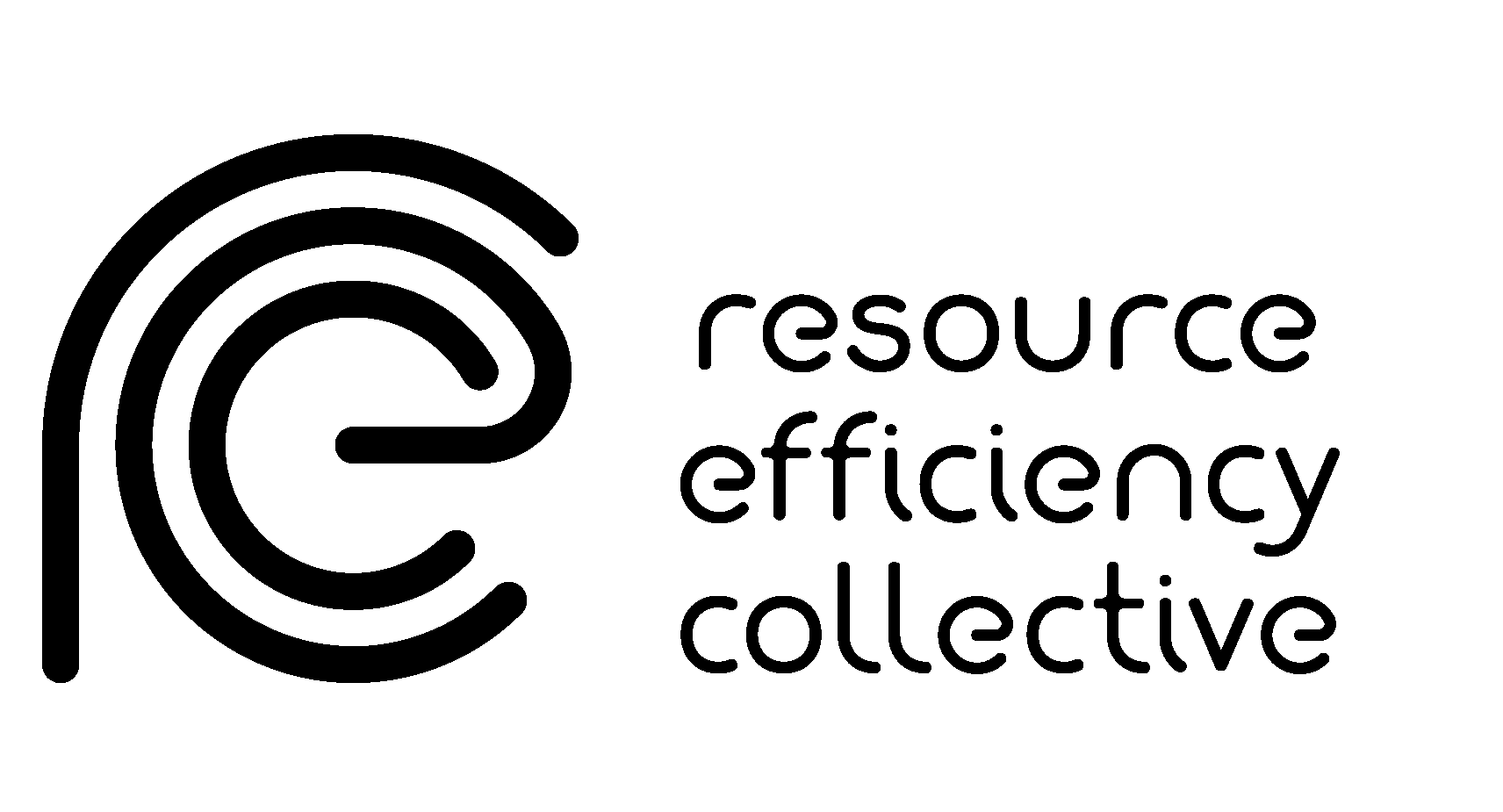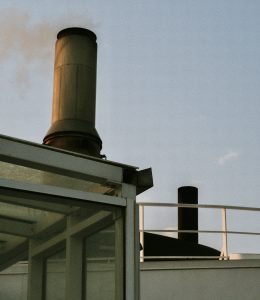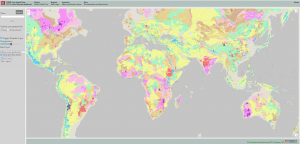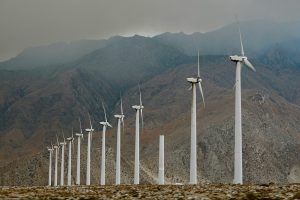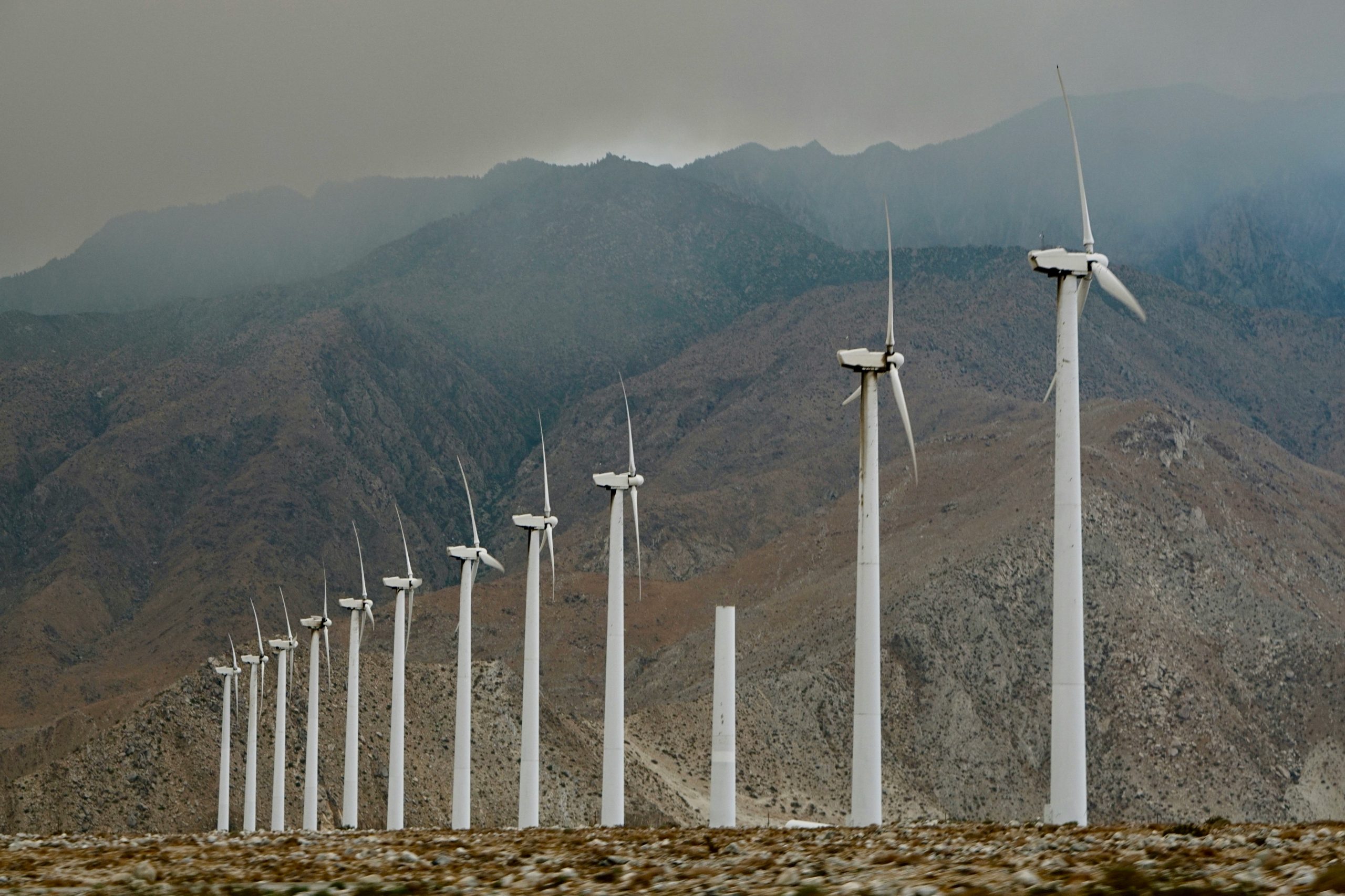Dynamic exergy analysis: From industrial data to exergy flows
Globally, industry was responsible for approximately a third of greenhouse gas (GHG) emissions in 2010, and 40% of CO2 emissions in 2017, highlighting its enduring contribution to climate change. As the power, heat, and transport sectors decarbonize in the future, harder-to-decarbonize sectors such as industry will make up the majority of GHG emissions. Additional emissions reductions, necessary to move from a 2°C warming scenario to a 1.5°C path, are required in the industrial sector and demand-side interventions that improve efficiency can potentially deliver higher, more cost-effective cuts than supply-side options.
Material and energy resources interact via multiple pathways in industrial processes with raw materials carrying “embodied” energy, that is, energy directly or indirectly used in the production of those materials; as a result both types of resources have associated “embodied” CO2 emissions. Additionally, industrial emissions arise through various mechanisms: fuel combustion, process emissions, and non-energy use of fossil fuels. The traditional energy efficiency approach can only deal with the former mechanism and not the others.
Exergy analysis provides a combined material and energy efficiency approach to assess industrial plants, both of which are necessary to tackle industrial emissions. Existing studies typically use simulated, static data that cannot inform real plant operators.
This paper performs an exergy analysis on data spanning 2 years from 311 sensors of a real ammonia production site. We develop methods to overcome unique data challenges associated with real industrial data processing, visualize resource flows in Sankey diagrams, and estimate exergy indicators for both the steam methane reforming plant and its constituent processes. We evaluate average conventional and transit exergy efficiencies for the plant (71%, 15%), primary reformer (86%, 40%), secondary reformer (96%, 71%), high-temperature shift (99.7%, 77%), combustor (56%, 55%), and heat exchange section (85%, 82%).
Overall exergy losses are 80 MW; the primary reformer and combustor are the two processes with the highest losses at 35 and 33 MW, respectively. Such an analysis can inform both improvement projects and performance fine-tuning of a real plant while being applicable to any industrial site. Increased availability of cheap wireless sensors and a shift to Industry 4.0 can enable higher resolution and real-time performance monitoring.
Read the full paper by Harry Michalakakis and Jonathan Cullen in Journal of Industrial Ecology here.
Photo credit: Jan Antonin Kolar
